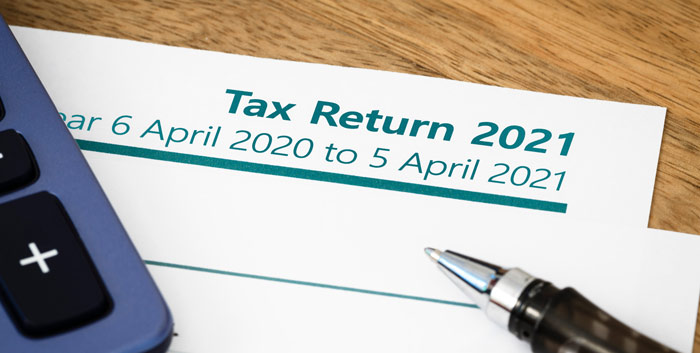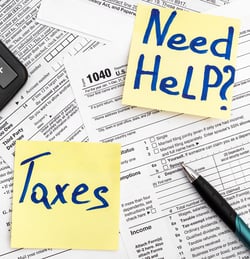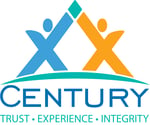While you’re working diligently on your debt-relief program, don’t forget about tax relief. The joke that the IRS is actually the “Eternal Revenue Service” isn’t too far off the mark, and you’ll not want to complicate your financial life further by getting out of step with the world’s most powerful and relentless collection agency—the IRS.

As we get older, it seems that time passes more quickly with each passing year. So, now between January 1 and the April 15 (April 18 for 2022) deadline for filing your income tax return, those 105 days can fly by quickly. If you’ve done nothing much to get your return prepared, you could be facing monetary penalties for late or inaccurate filing.
Or, worse, you could be missing out on tax breaks, legal deductions, and new 2021 tax credits.
By way of a general planning roadmap, and while there is still time, there are things to remember when filing your income tax return in 2022:
Collect and organize your 2021 tax documents.
Your W2s, 1099s, and other interest and earnings statements should begin arriving in the mail or online after the new year. Gather those documents in a file folder and keep a checklist of everything you’ll need to begin preparing your return.

Decide how you are going to file
Your choices range from hiring a tax accountant to preparing your own return. Tax preparers earn their keep by doing all your paperwork and finding all your legal tax deductions. Remember, however, that they have a busy season, so your best bet is to make an appointment early in the year.
Do your own taxes and save money
If, however, you are among the middle-income earners and not interested in paying a CPA around $500 to prepare your federal and income taxes, you can do your own taxes using tax software or online e-file services.
The tie-breaker is whether or not you should itemize your deductions. If you can come up with deductions above the standard $12,950 for single filers--$25,900 if you’re filing jointly--then you’re getting into the realm of complicated forms and IRS audit triggers. If not, your filing task is simpler, and you should go the do-it-yourself route.
Look at income tax preparation software
Even if your return is one or two steps beyond simple, tax preparation software—costing about one-tenth the price of a CPA—can get you over the hump. There are some free versions, but pay the freight for the full-featured products and you’ll get some fringe benefits of built-in auditing and accuracy checks, online advice from experts, and, in the case of H&R Block’s product, an assurance that you won’t get dinged by an IRS audit.
Also, you might be able to log into a free income tax filing session with your home state. Although not listed in this IRS newsroom piece, Colorado is one state that has a user-friendly income tax filing site. You’ll need to file your federal return first and know your adjusted gross income, among other things.

Educate yourself about tax changes this tax year
The COVID-19 pandemic saw significant tax changes in the areas of child credit and tax relief bonuses in 2021. You need to get familiar with those and other tax changes. See this C/NET online piece on 10 tax changes that could impact the size of your tax return. Or you can go straight to the source and review this IRS news item highlighting 2021 tax changes.
Plan on an extension if you need it
You can receive an automatic filing extension to mid-October (or longer if you reside outside the U.S.). The catch is that you must estimate your tax liability and pay it up front. So, the IRS will wait for the paperwork, but not for a payment you owe.
Need Help with Your Taxes? Community Tax Can Help!

Community Tax has extensive experience assisting taxpayers with significant IRS tax burdens. Their dedicated team is ready to provide you with a free consultation to help determine the best plan of action for your specific situation.






